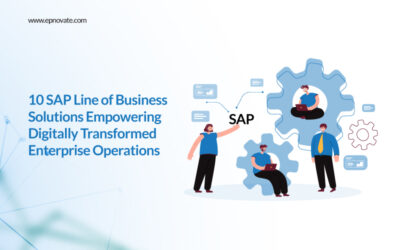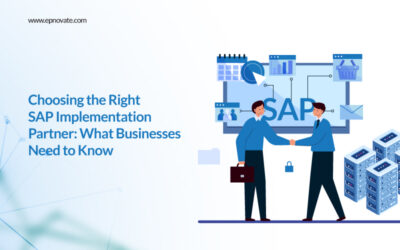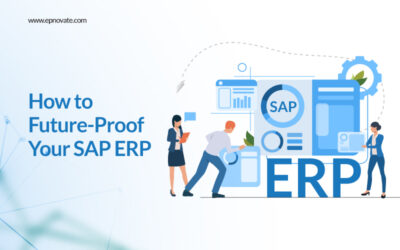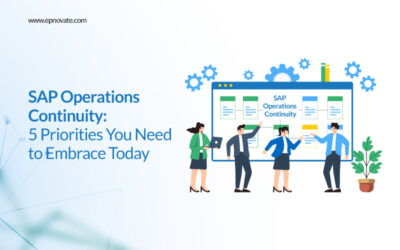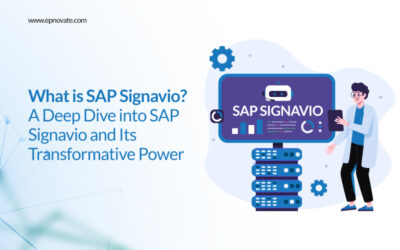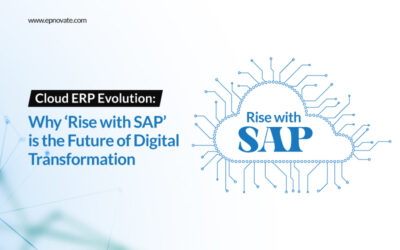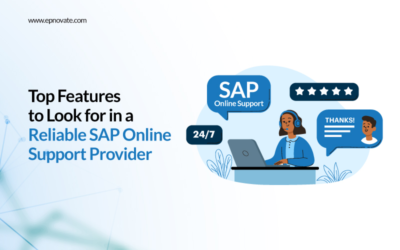Why Migrating SAP Systems to Hyperscalers (AWS, Azure, Google Cloud) Is the Future

Managing SAP systems on traditional infrastructure is becoming more challenging as businesses evolve. The future lies in migrating SAP systems to hyperscalers, such as Amazon Web Services (AWS), Microsoft Azure, and Google Cloud.
These platforms offer the scalability, efficiency, and innovation needed to stay competitive in today’s fast-paced world.
What Are Hyperscalers and Why Are They Important for SAP?
Hyperscalers are large-scale cloud platforms designed to handle massive workloads. AWS, Azure, and Google Cloud are leading hyperscalers that offer a wide range of services, including computing power, storage, and advanced analytics.
For SAP systems, hyperscalers provide an ideal environment to run resource-intensive applications like SAP S/4HANA, enabling better performance and faster innovation. Businesses that migrate to hyperscalers benefit from the flexibility to scale their systems based on demand, ensuring they are always ready for growth.
Key Benefits of Migrating SAP Systems to Hyperscalers
Scalability and Flexibility
Hyperscalers allow businesses to easily scale their SAP systems. Whether your business needs more resources during peak times or less during quieter periods, hyperscalers adapt seamlessly to your requirements.
Cost Efficiency and Pay-As-You-Go Models
Instead of investing heavily in physical servers, hyperscalers offer a pay-as-you-go model. You pay only for the resources you use, reducing upfront costs and optimizing your IT budget.
Enhanced Security and Compliance
Hyperscalers provide advanced security features like encryption, firewalls, and regular updates to protect your SAP data. They also comply with global standards, ensuring your business meets regulatory requirements.
Faster Innovation and Access to Advanced Technologies
Cloud platforms give you access to cutting-edge technologies like artificial intelligence (AI), machine learning, and big data analytics. These tools can enhance your SAP system’s capabilities, driving innovation in your business.
High Availability and Disaster Recovery
Hyperscalers ensure your SAP systems are always available. With built-in disaster recovery options, you can quickly recover data and continue operations in case of unexpected failures.
Hyperscaler-Specific Advantages for SAP
Each hyperscaler offers unique features tailored for SAP systems:
AWS for SAP
Amazon Web Services provides a robust and scalable platform for SAP workloads. AWS offers tools like SAP-certified instances and automation features that simplify migration and management.
Microsoft Azure for SAP
Azure is deeply integrated with Microsoft tools, making it a strong choice for businesses already using Microsoft products. Azure provides high-performance infrastructure and advanced analytics capabilities for SAP systems.
Google Cloud for SAP
Google Cloud excels in machine learning and data analytics, making it ideal for businesses looking to gain insights from their SAP data. Its global network ensures fast and reliable performance for SAP applications.
Steps to Successfully Migrate SAP to Hyperscalers
Migrating to hyperscalers requires careful planning and execution. Here’s a step-by-step guide:
Step:1. Assessment and Planning
Evaluate your current SAP system and identify the benefits you aim to achieve through migration. Understand your business needs and set clear goals.
Step:2. Choosing the Right Hyperscaler
Select a hyperscaler that aligns with your business requirements. Consider costs, scalability, and the specific features offered for SAP systems.
Step:3. Migration Strategy
Choose between different migration strategies, such as rehosting (lift and shift), re-platforming (making minor changes), or re-architecting (overhauling the system for the cloud).
Step:4. Testing and Validation
Thoroughly test your SAP system after migration to ensure it performs as expected. Validate the integration with other business processes and systems.
Step:5. Training and Change Management
Prepare your team for the new cloud environment. Provide training to ensure smooth adoption and address any challenges during the transition.
Future of SAP Systems on Hyperscalers
Migrating SAP systems to hyperscalers is not just a trend but a necessity for future-ready businesses. As hyperscalers evolve, they will offer even more innovative tools and capabilities. Businesses that migrate now will be better positioned to adapt to future changes, leveraging advanced technologies to drive growth.
With the support of a trusted SAP consulting company, businesses can ensure a smooth and successful migration to hyperscalers, unlocking new opportunities and efficiencies.
Conclusion
The shift to hyperscalers like AWS, Azure, and Google Cloud is transforming how businesses manage their SAP systems. The benefits are undeniable, from scalability to innovation. As the digital landscape evolves, migrating SAP systems to hyperscalers ensures your business stays competitive, agile, and secure.
Start your journey today and embrace the future of SAP systems in the cloud.
Recent Posts
- 10 SAP Line of Business Solutions Empowering Digitally Transformed Enterprise Operations
- Choosing the Right SAP Implementation Partner: What Businesses Need to Know
- How to Future-Proof Your SAP ERP
- SAP Operations Continuity: 5 Priorities You Need to Embrace Today
- Introducing The First-of-Its-Kind SAP HANA Community Cloud
